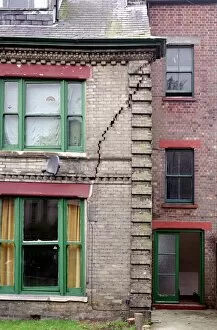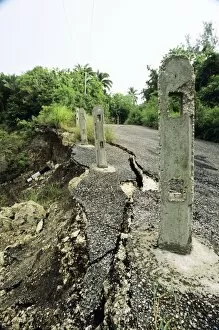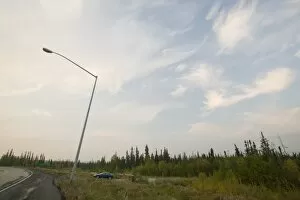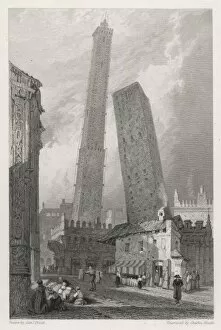Subsidence Collection (#2)
Subsidence, a phenomenon that can occur in various locations around the world, has left its mark on several notable places
For sale as Licensed Images
Choose your image, Select your licence and Download the media
Subsidence, a phenomenon that can occur in various locations around the world, has left its mark on several notable places. In the New Tredegar Colliery of Rhymney Valley, South Wales, evidence is evident as the ground sinks and shifts due to mining activities. This once thriving colliery now serves as a reminder of the impact such practices have on the environment. Another peculiar example can be found at The Crooked House in Himley, Staffordshire. With its distorted structure and slanted walls, this building stands as a testament to the forces of nature. From its crooked doorway to its tilted sitting room, every corner tells a tale of how subsidence has affected this quaint house. Not limited to buildings alone, it has impacted infrastructure like railway tunnels. At Guildford, an unfortunate incident occurred when a tunnel succumbed to subsidence. The collapse not only disrupted transportation but also highlighted the potential dangers associated with unstable ground conditions. The consequences extend beyond structural damage; they often affect people's lives too. Houses located in areas prone to sinking or shifting are particularly vulnerable. Families living in these homes face constant challenges and uncertainties caused by ongoing subsidence issues. While some instances may be man-made or related to mining activities like at New Tredegar Colliery, others are natural disasters triggered by seismic events such as earthquakes or floods. Engravings depicting scenes from Scio's earthquake or Monmouthshire's flooded aftermath showcase how sudden changes in land levels can devastate communities. Even iconic structures like Waterloo Bridge have not been spared from the effects of time and geological processes leading to gradual subsidence over years gone by - captured beautifully through G. H Davis' 1924 artwork. Whether it is witnessed through historical landmarks like The Crooked House or experienced firsthand by those affected by housing instability caused by underground movements –subsistence is a reminder of the ever-changing nature of our planet.













